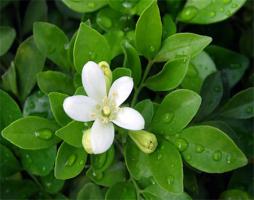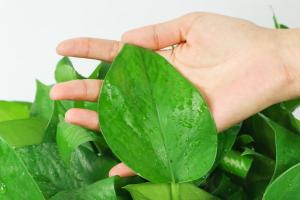Introduction
Planting new trees is an important initiative to combat climate change and replenish the planet's depleted forests. However, the success of such programs depends on the survival rate of the newly planted trees. This article aims to explore the percentage of trees that survive planting programs and factors that impact their survival.
The survival rate of newly planted trees
According to research conducted by various organizations, the survival rate of newly planted trees varies widely depending on several factors such as species, planting conditions, climate, and maintenance practices. On average, the survival rate of newly planted trees is estimated to be around 50-70%. However, some studies suggest that the survival rate can be as low as 10-20% in harsh planting conditions.
Factors affecting tree survival
Several factors influence the survival of newly planted trees. Firstly, the planting conditions are crucial to ensure the successful establishment of a new tree. Proper soil preparation, adequate water supply, and exposure to sunlight are essential for the tree's growth and survival. Additionally, planting the right species in the right location also helps in increasing the survival rate.
Climate conditions also play a crucial role in determining the survival rate of newly planted trees. Trees planted in regions with extreme weather conditions such as harsh winters or scorching summers are more likely to suffer from stress and diseases, leading to a lower survival rate. Moreover, trees planted in polluted areas and areas with high traffic or construction activity are also more vulnerable to damage and disease.
Lastly, maintenance practices such as watering, pruning, and pest control are critical in ensuring the survival of newly planted trees. Neglecting these practices can lead to the tree's premature death, especially in its initial years of growth.
Ways to increase tree survival rate
To increase the survival rate of newly planted trees, certain measures can be taken. Firstly, planting local or native tree species that are adapted to the local climate conditions increases their chances of survival. Secondly, proper planting techniques such as digging a suitable hole, providing support, and adding mulch to the tree's base can provide the necessary nutrients for its growth. Thirdly, regular maintenance practices such as watering, pruning, and pest control can help in preventing damage and ensuring healthy growth.
Additionally, involving local communities and volunteers in the planting process can also increase the survival rate of newly planted trees. Educating and involving them in maintenance practices can create a sense of ownership and responsibility towards the planted trees, thus increasing their chances of survival.
Conclusion
Planting new trees is an essential initiative to combat climate change and restore the planet's forests. However, the success of such programs depends on the survival rate of the newly planted trees. Understanding the factors that impact tree survival and taking necessary measures to enhance their survival rate is crucial in ensuring the success of these programs. By involving the local communities and volunteers, we can collectively work towards the common goal of restoring our planet's forests and combating climate change.

 how many times do yo...
how many times do yo... how many planted tre...
how many planted tre... how many pine trees ...
how many pine trees ... how many pecan trees...
how many pecan trees... how many plants comp...
how many plants comp... how many plants can ...
how many plants can ... how many plants and ...
how many plants and ... how many pepper plan...
how many pepper plan...




























